|
From the online Merriam Webster Dictionary Paradox is defined as: : something (such as a situation) that is made up of two opposite things and that seems impossible but is actually true or possible : someone who does two things that seem to be opposite to each other or who has qualities that are opposite : a statement that seems to say two opposite things but that may be true Two things that are opposites or that don’t normally go together. This is essentially a problem, if you were trying to force them together right? Well, before you even think of a story, think of how difficult you can make it right from the start. For example, what if…. There was a mermaid, who fell in love with a human? Boom! Immediate conflict, since it’s physically impossible for her to be on land with the human, right? Think of a character: Sloth Cheetah Princess Monster Pirate Now let’s think of the typical attributes of these characters: Sloth:Slow Dinosaur: Big Princess: Dainty/Pretty/Fancy Monster: Mean/Scary/Gruesome Pirate: Loud/Flashy/Sails on Water Now throw them into a situation that is the polar opposite of what we expect: A Sloth who wanted to win a race. A Dinosaur who wanted be small and dainty like a ballerina. A Princess who wasn’t dainty or fancy (but wanted to be.) A Monster who wasn’t mean and scary (but tried to be.) A Pirate who was afraid of water (but wanted to sail.) Or simply think of a character and give them the direct opposite of what they want. It doesn’t have to be directly to related to their attributes. A character who wants to dance, but is clumsy. A boy who wants to be a cowboy, but has absolutely no cowboy bones in his body at all. How about polar opposites in Unlikely Friendships: Nugget and Fang (A shark and a minnow.) Penguin and Pinecone Wooby and Peep: “Wooby lives in a nice, quiet neighborhood where everyone minds his own business. And he likes it that way. Then noisy, energetic Peep moves next door with her banging and smashing and crashing. She even gives a “wild” PARTY! “ You could give the characters the polar opposites in setting. A girl who lives in the country that wanted to star on broadway. A poodle that lives in NYC that wants to be a farmer. A penguin who wants to go to the beach, get a tan, and learn to surf. A snake from the desert who loves to wear coats and hats and mittens. Below, I’ve created a document for your paradoxical idea generation. Fill out the character box by thinking of characters you want. Use Grant Snider's advice, especially if using animals. And think of some underused animals. (Plus, check out his facebook page and like it! I know you will. ) https://www.facebook.com/pages/Incidental-Comics/143875519002831 When listing attributes think of the typical attributes this character would have. You can also use this box to think of a typical want this character would normally have and then think of the opposite attributes or wants. Below is an example. Have you ever used a paradox to discover an idea before? (Now what kind of paradox could work with a pair of ducks? Hmmmm....? )
Homophones
http://www.homophone.com/ Use this website to find homophones that could be used for catchy titles that involve word play. For example: Ball and Bawl (Cinderella’s Bawl) I and eye Ate and eight Pain and pane (The Window’s Pain) Go through the list of homophones and write down an entire list of some that could be possibilities. What other titles could you come up with? More Word Play For more wordplay titles try thinking of fairy tale or familiar phrases. Then change one of the words in the title or phrase that sounds the same. For example: Goldilocks and the Three Bears Goldilocks and the Three Chairs Goldilocks and the Three Hairs (Haha..did she lose all her golden locks?) Goldilocks and the Three Hares Goldilocks and the Three Bewares More Fairy Tale Remakes We know if we write these, they have to be truly original with a fresh take or spin and not simply a retelling of the same story. So consider what could make it different. Character- Giving the character a different want. Instead of Cinderella wanting the prince and the ball, maybe she wants to be a rock star instead. Or instead of Cinderella being a girl, how would it change if she were a boy? Or a goat? Or a dinosaur? Or a pirate? Setting- What would Goldilocks and the Three Bears be like if it were set in NYC? What else could you change about the fairy tale to make it original? Concrete Nouns Brainstorm a list of 50 things that interest you. However make sure the things are concrete and not abstract. For example (daisy, salamander, sunshine, shadows, pink nail polish, glazed donuts). This exercise is to get you thinking concretely. But also to see what it is that you like. And one thing might spark an idea for a story or character. Try putting several of them together and see where it takes you. First Lines Brainstorm a list of 10 first lines. They don’t have to have a story and they don’t have to make sense. Just close your eyes and write. By freeing yourself from the obligation or commitment of figuring out an entire story you are free to discover anything. Here are a few examples: (Although they may not all be picture book worthy.) http://webs.anokaramsey.edu/wrobel/2241/Exercise%20Mats/firstlinesfrompaststudents_examples.htm Random Word Collecting Open up a dictionary and just for fun write down words that you find concrete or fun or interesting. This may not lead you anywhere, but then again you never know. Word Web or Focused Word Collecting This is actually one of my favorite things to do. If I know I want to write a story about, let’s say Monsters, but I really have no idea what the story is…I will start by word webbing (or word collecting) by using a thesaurus. So I would start writing down as many words as I could think of that are related to the monster: (It’s best to use all parts of speech: nouns, verbs, adjectives etc…) Monster Scary Ugly Wart Hairy Roar And then, I would take my thesaurus and start looking up those words. Monster – Huge, Giant, Monstrous, Gigantic, Ogre, Beast, Brute, Freak Scary- frightening, creepy, chilling, terrifying Ugly- horrible, unpleasant, dreadful, horrid Wart- lump, growth, mole Hairy- bushy, bearded, furry Roar- rumble, thunder, crash, snarl, boom, growl, grumble Then continue looking up synonyms to the synonyms. This is a great exercise for adults but also for students. It gets them thinking about words that they could use in their writing that they may have never thought of. And it also exposes them to lots of vocabulary in a very authentic way. Digging Up Dialogue It’s great to collect snatches of dialogue you hear, especially from children. But you may not have the opportunity to be around children. If you are, I would sit and simply write down anything funny or creative or off the wall they say. Sit and listen to them and just write. But if you can’t, what can you do? You could watch kids cartoons and randomly write down funny lines you hear. This may spark an idea for a character. Or- go to pinterest like I talked about before and go to some of the inspirational character boards. For each one, just think of one line of dialogue for each character you see. Think: what would this character being saying now? What would they say in school? In a grocery store? In a toy store? At recess? Etc… Most of the exercises on this page were borrowed from this website: http://webs.anokaramsey.edu/wrobel/2241/Exercise%20Mats/trigger_exercises.htm There are many more to check out. It’s well worth it. Which ones do you think you will try out this week?
I'm going to choose a random topic and start brainstorming using the cubing strategy. This way you can see the process my brain went through to come up with ideas. The rules for doing this? There are no rules. Just answer the questions any way you want. :) Any way that you answer, will lead you down your own brainstorming path. Also, it's helpful if you think of several answers for each question. Cubing: Homeless Monster1. Describe the Topic: Homeless Monster 2. a. What is it Like? homeless people, a monster without a family, a monster with no food, a raggity monster b. What is it Unlike: a rich homeless monster, a monster with many homes but chooses not to live in them, a monster with too many homes (like too many beds to live under- but can’t keep up with scaring them all….A monster who starts leaving notes like the tooth fairy or starts rating the kids he wants to scare. Starts having the kids applying to have the monster under the bed…monster in demand. 3. Associate it- makes me think of Mercer Mayer monster in my closet, monsters inc., where the wild things are, grover (there’s a monster at the end of this book)- makes me think of monsters with unlikely characteristics. 4. Analyze it- parts its made up of: Could be an arrogant monster, a snooty monster, an insecure monster, could be snooty kids that think their monster isn’t good enough, isn’t scary enough, 5. Apply it- How can a homeless monster be used? Adopt a monster- rent a monster- building a monster a home extreme monster makeover... 6. Argue for a homeless monster- Get Rid of the Monsters under your bed! But if you did, all the monsters would be homeless. Where would they go? They’d be living on the street. Is it really such a burden to give a monster a home? Argue against a homeless monster- monsters have one purpose- to scare you. They aren’t just hanging out under your bed because they need a home. It isn’t by accident they are there. They have a motive. And their motive is the intent to scare you. Why would anyone care about housing something that is plotting to scare you? Story Ideas that came out of Cubing: 1. A picture book about one monster seeking a home (or searching for the perfect bed to hide under.) But he isn’t worried about scaring the kid, he’s more worried about the kid scaring him. He just wants a nice home. 2. The Monster Bully or Monster Busters- A kid who is good at clearing out the monsters from under your bed. But once he does- all the monsters are homeless living on the streets, with nothing to do, or no where to go. 3. A persuasive picture book: Should There Be Monsters Under Your Bed? A book that argues back and forth the pros and cons of having a monster living under your bed. 4. Adopt a Monster- Homeless or Childless Monsters that are dying to live under some child’s bed. Older siblings go there to adopt a monster for their little sister or brother. 5. My Monster’s Scarier Than Yours- A picture book where a kid gets picked on for being afraid of the monster under his bed, but he reverses it by telling them that their monsters must not be very scary and that he has the scariest monster on the block. The kids start arguing that their monster is the scariest and so they end up having a monster contest. 6. A monster with too many beds to live under and too many kids to scare. Starts getting spread too thin and isn’t doing his job. Same Topic Different AuthorI asked my friend Dawn Young to help me out. I gave her the same topic and asked her to use the cubing strategy. I wanted to show how this strategy can be used in anyway you want. The point is simply to generate new ideas. (Thanks Dawn for sharing your Brainstorming Process!) 1. Describe it: Homeless Monster, sad, shaggy, messy 2. What is it like - a lost monster, a misfit monster, a rebellious monster What is it not like - MVM (most valuable monster) on the baseball team, the monster with stacks of birthday party invitations. 3. Associate it: bullying, argument with friends makes me think of the Grinch, the Ugly Duckling, 4. Analyze it: maybe he ran away / a rebellious monster, a shy monster, an awkward monster 5. Apply It: not fitting in, being different / Monster Motel, Monster Shelter, Rescue a Monster, Monster Orphanage 6. Argue for it/ Against it: maybe he was partially to blame, maybe he needs to forgive Dawn's reflection of using cubing. How did this tool help you? "It helped me to imagine (envision) the monster, feel his pain, look into his eyes and see what he may need or want to, tapped into memories of kids who, though weren't homeless, felt lost and why and what they may have needed, like a friend or acceptance." Thanks Dawn for sharing your Brainstorming Process! You can visit Dawn over at http://pbookcrazy.com/. You can download the strategy here.
Think Cubing can help you? Give it a try and let me know how it goes.
This is day three of PiBoIdMo and already it’s been so fantastic. The posts have been so helpful for coming up with ideas. Even if you aren’t a writer yourself and you are a teacher, you can get some great ideas to use with your student writers for brainstorming ideas. In fact, I highly recommend and encourage it. It’s an entire month of published authors giving you free advice for brainstorming ideas. What better advice can you get for writing? www.taralazar.com So during this month, I’ll be posting about brainstorming, discovering, and coming up with ideas. Two years ago I joined Pinterest, yet kept saying I really don’t understand what it is. For those of you, who don’t know, I would just recommend joining and exploring and then prepare to be addicted. If you are a teacher, writer, creator of anything, crafty person, chef, mom, or just human in general, you will want to join. You can visually get so many ideas for anything you want! But I’m just going to focus on using Pinterest for Inspiration for Writers. Two years ago, when I was writing a screenplay, I started developing visual boards for the different settings in my screenplay. There was a Florist Shop, and a Cakery and it was all set in Brooklyn. I started collecting different images so I had inspiration to draw from when writing the scenes. But just recently, I started a board called Inspiration and just started pinning pictures and images of things that could someday spark an idea for a picture book. And not surprisingly, there are other artists and creatives out there that do the same thing. Feel free to explore my board Inspiration on Pinterest. (But be careful because it’s really addicting and you may want to start pinning them yourself.) http://www.pinterest.com/mandycyates/inspiration/ You can also get specific and be inspired by boards such as: Character or Setting. Search Character or Character Design or Character Illustration http://www.pinterest.com/robertopins/character-design/ Or try searching for Setting. Search Setting for Books or Setting for Story. How many new ideas can you come up with simply by searching Pinterest?
30? |
We are so excited to be mixing things up at CBA, beginning with some delicious additions to the Blogfish. Meet our awesome bloggers!!
Here's our lineup: 1st Mondays begin with former school psychologist Dr. Debra Collins who will be writing about Social emotional Learning in kidlit and behind the scenes as well as Jewish children's books. 2nd Mondays will feature super smart Melissa Stoller whose career is taking off with several new books. 3rd Mondays will feature our new blogger coming soon. 4th Mondays features new blogger, the fabulous Brentom Jackson, who has a beautiful approach to blogging. And 5th Mondays we'll be taking a break Archives
July 2024
|
||||||||||||||||||
|
Discover
|
About Us
|
Join Us
Join our Community and receive a fabulous free gift, KidLit tips, newsletters, scholarship info, contests, and more!
Join our KidLit Mentorship |
Social Media
Interact with our FaceBook Group or follow us on:
|
© 2010-2024 All content on this website is copyrighted. Sorry, all courses are non-refundable.
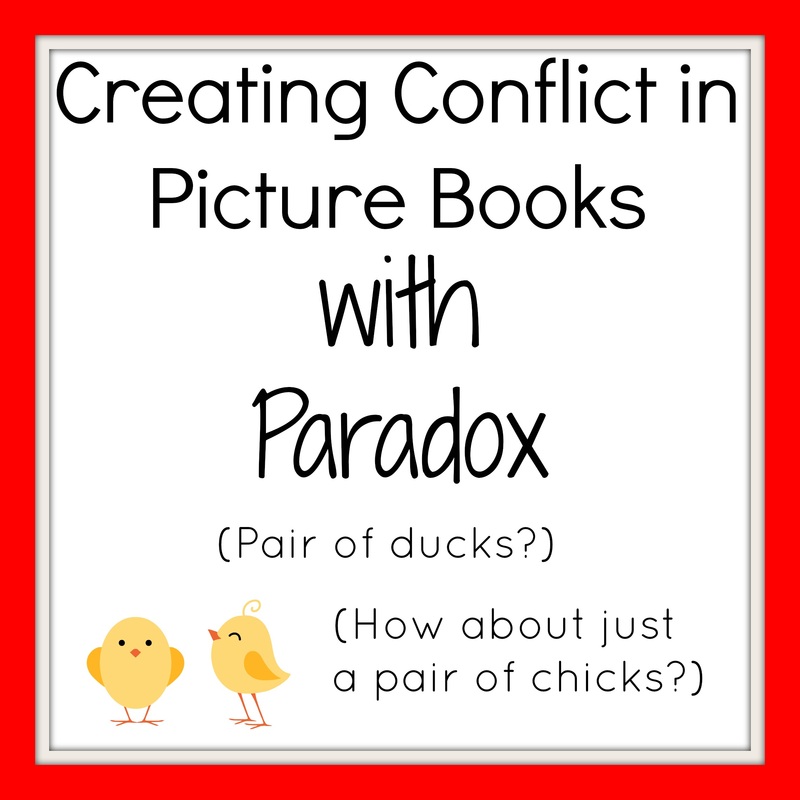
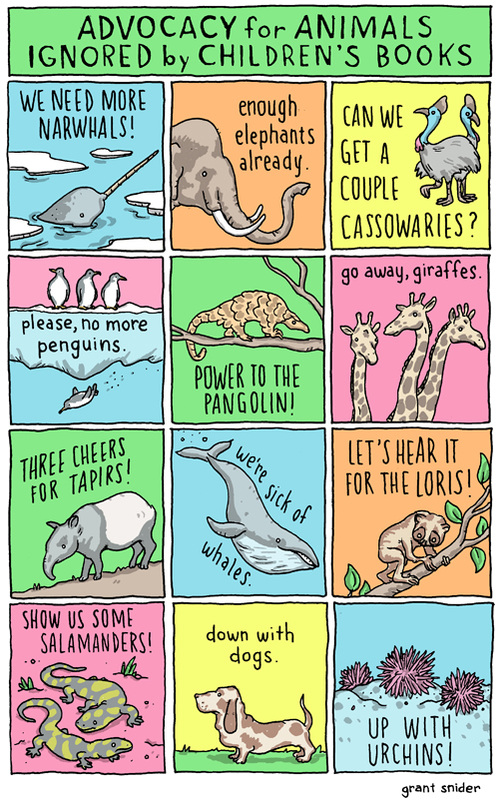

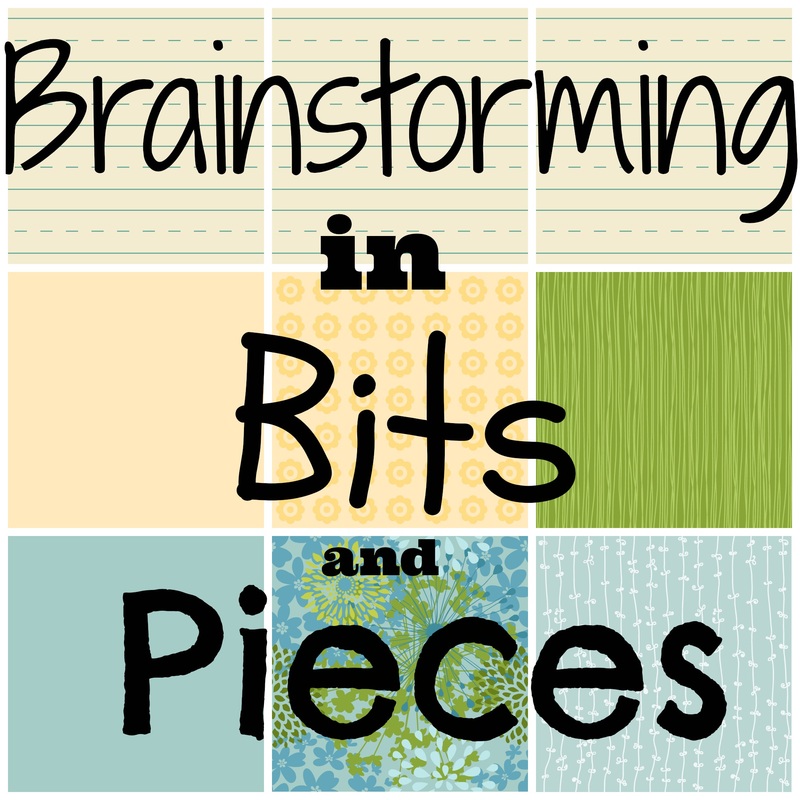
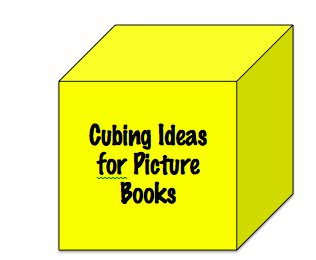
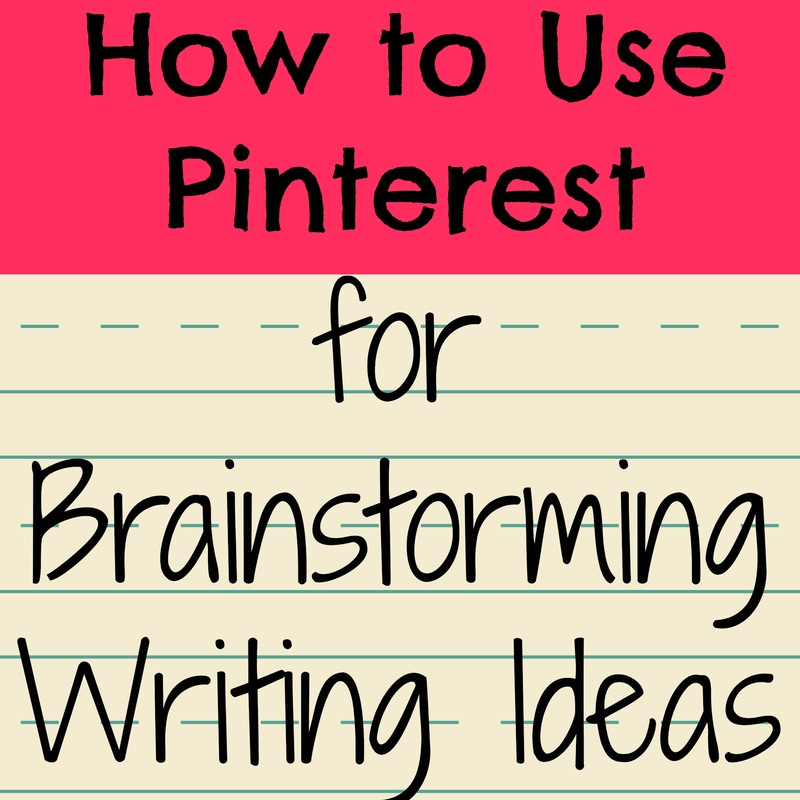
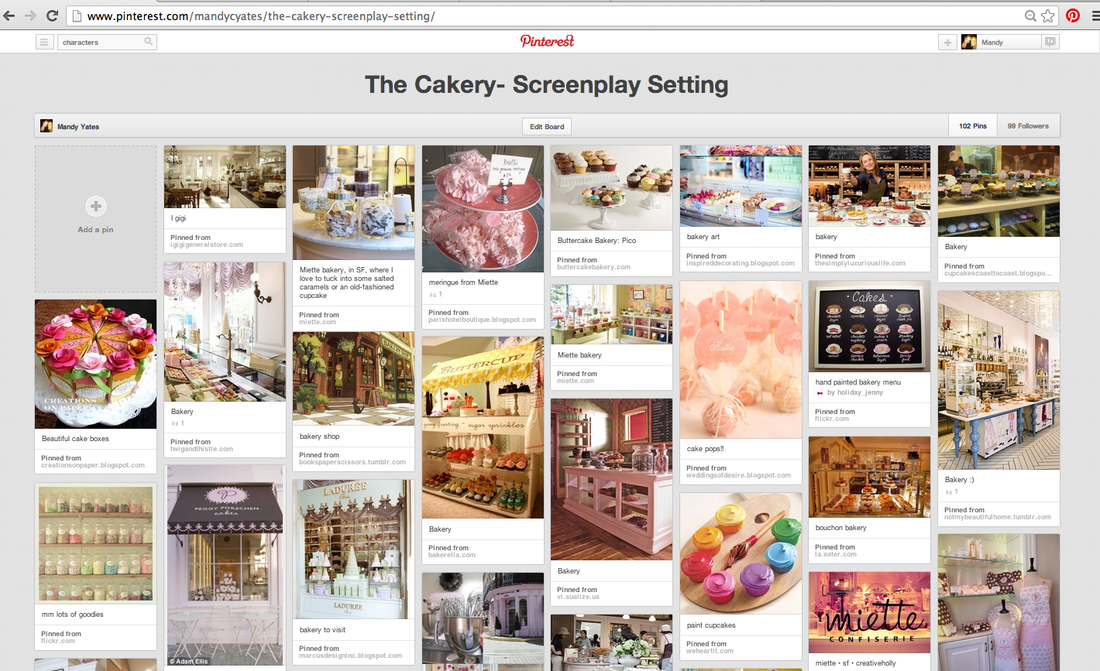
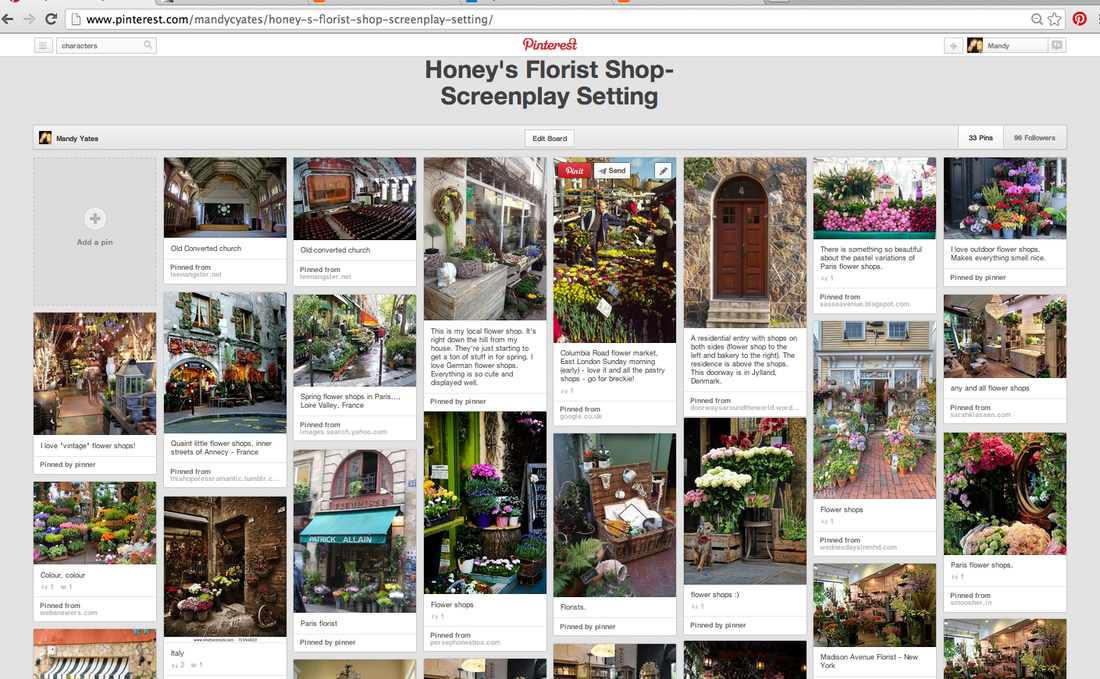
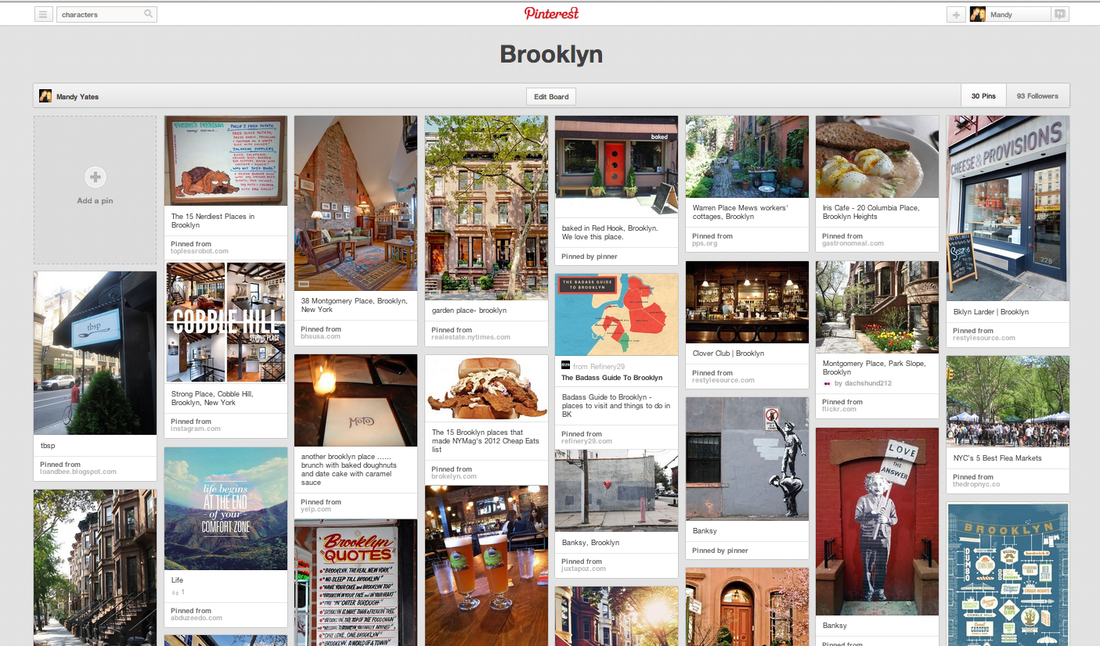
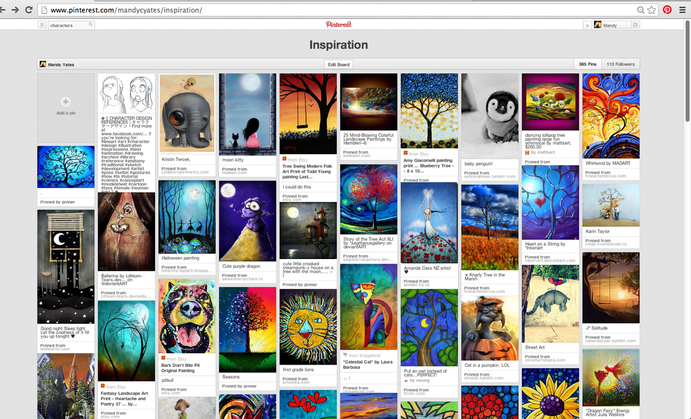
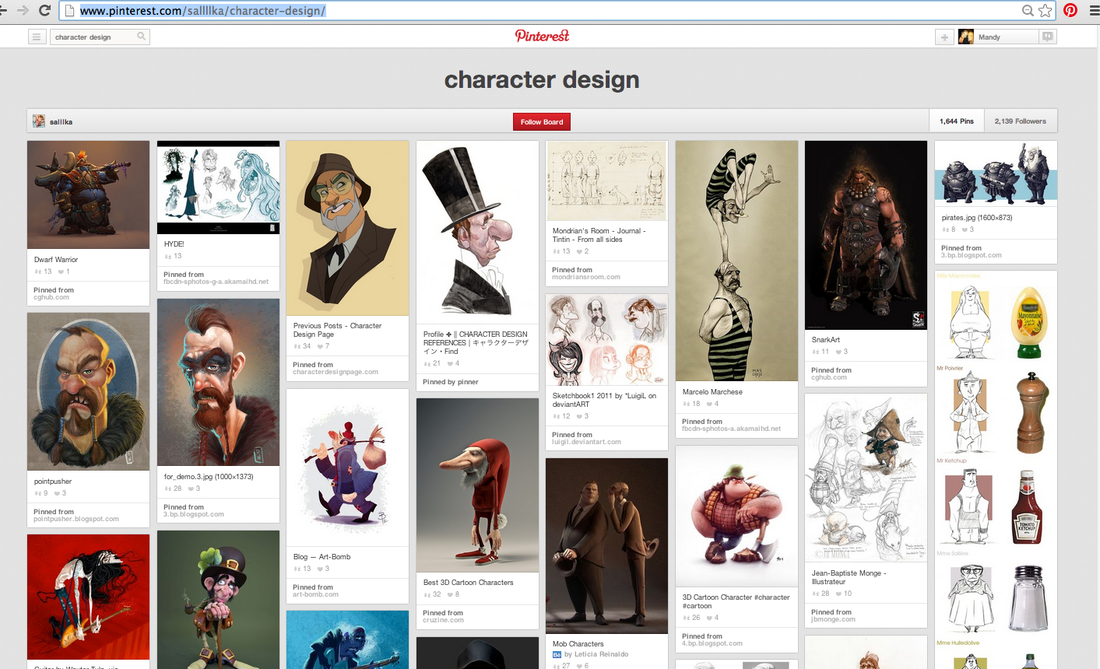
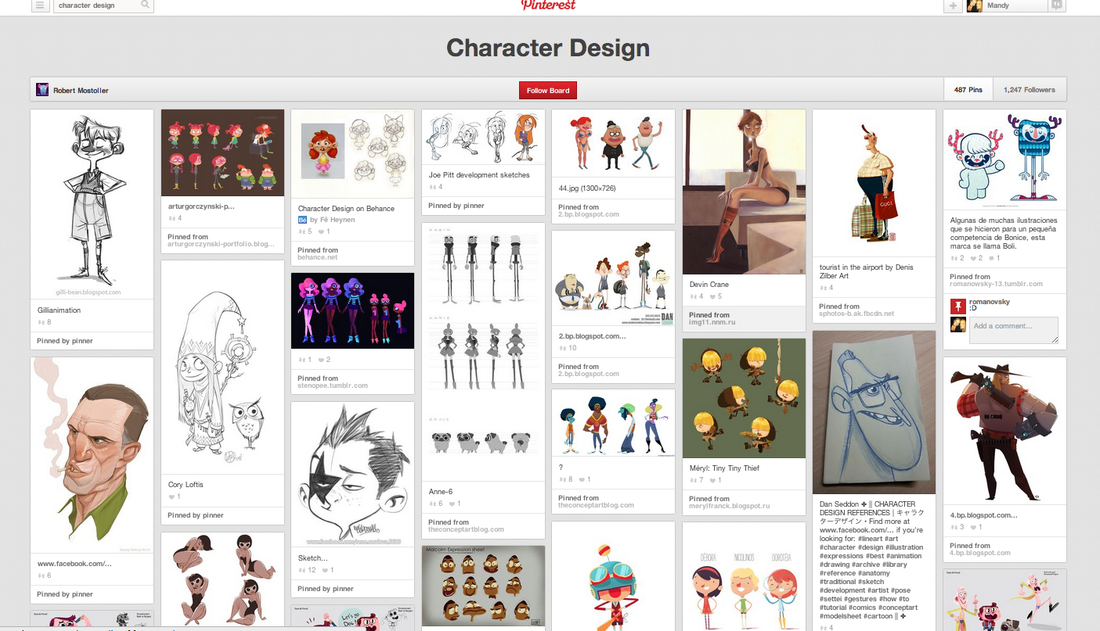
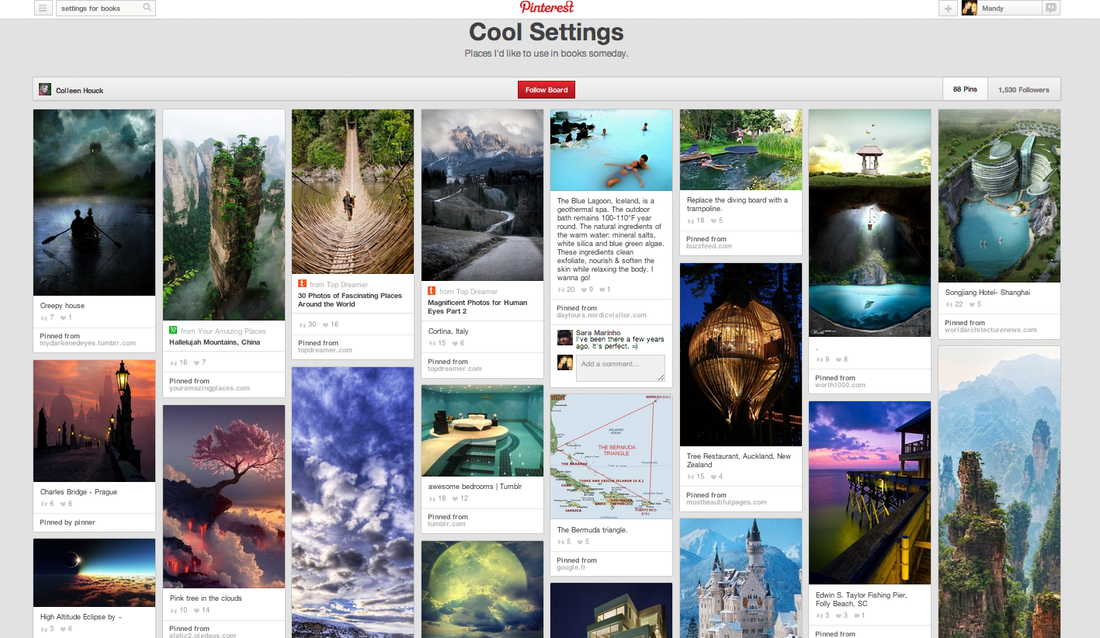
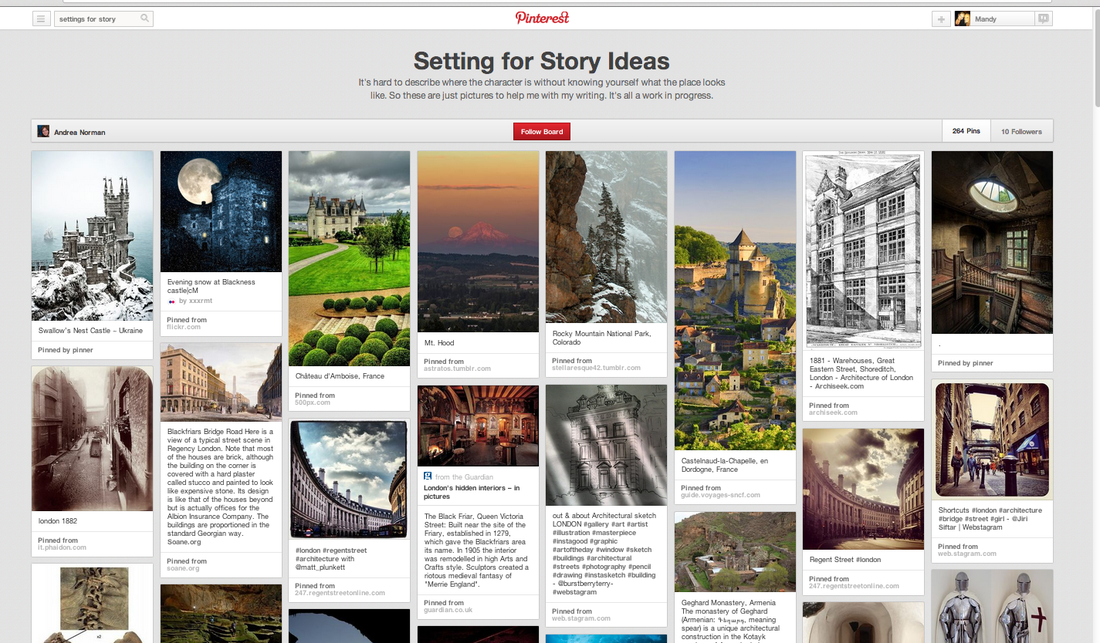
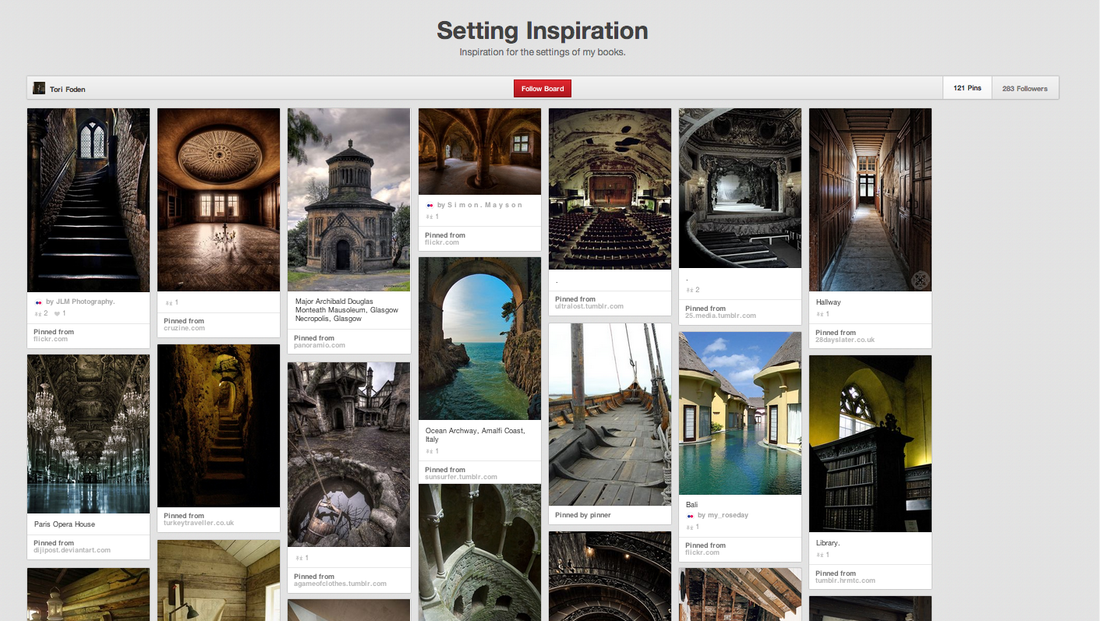
 RSS Feed
RSS Feed
